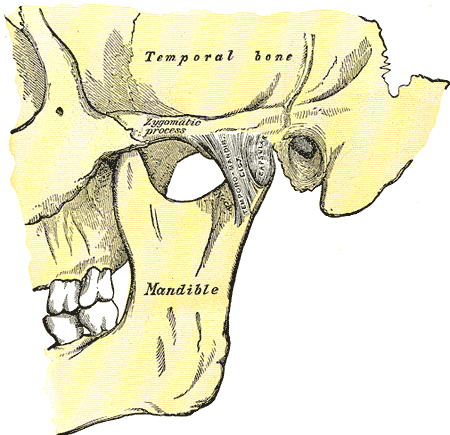I was once again nervously awaiting for Mr. C.. He entered the consultation room smiling, and very kindly asked how I was feeling. "Not so good, I'm afraid..."
I explained all the new symptoms I had during the past month, since the right TMJ arthrocentesis. Limited mouth opening (max. 23mm/0.9inch), inability to chew anything solid, more pronounced lower jaw shift to the right side, and the pain. Severe pain. "Please, help me cope with the pain..."
He thought for a few moments before speaking. I took a deep breath and prepared myself for it.
One of two things had happened with the arthrocentesis: either I was taking a little more time than usual to recover from the procedure, or things had gone wrong. In the light of my symptoms, he was inclined to believe it was the second case.


